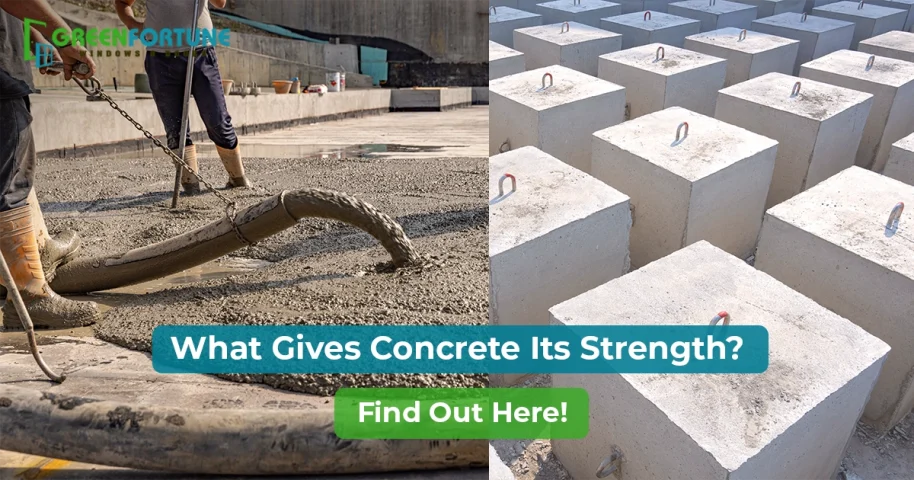
12 Stunning Interlock Bricks Designs For Your Outdoor Space!
April 25, 2025
The Importance Of Flexural Strength of Concrete
April 28, 2025Have you ever wondered what gives concrete its backbone or what forms the sturdy layers beneath our roads? The answer lies in coarse aggregate. It's a fundamental component in construction, providing bulk, stability, and strength to various projects.
What is Coarse aggregate?
Coarse aggregate refers to granular materials that are larger than 4.75 millimetres. This size differentiation is crucial because it affects the overall properties and performance of the final product, whether it's concrete, asphalt, or road base.
Different Types of Coarse Aggregate
Crushed Stone Aggregate:
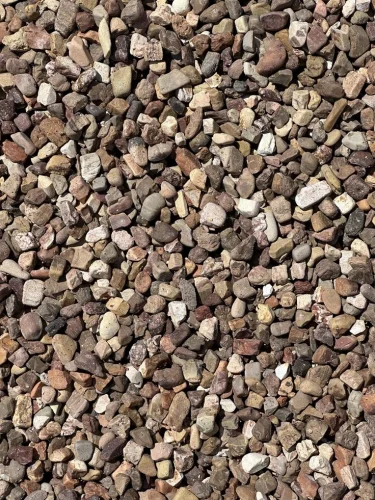
Source: Pinterest
This common aggregate comes from breaking down large rocks like granite, limestone, or basalt. The crushed pieces are usually angular and rough. This shape helps them lock together tightly in concrete and asphalt, making the final material strong and stable. The type of rock used depends on what the project needs.
Gravel Aggregate:
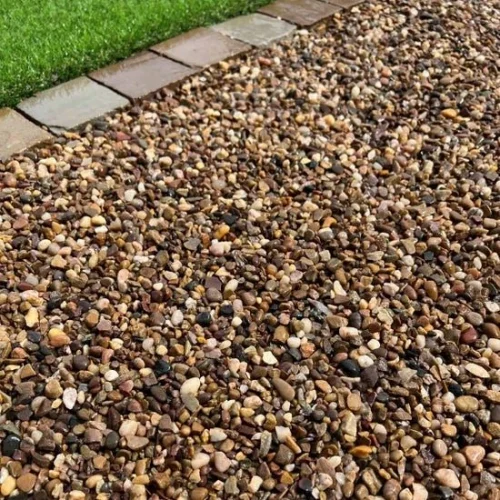
Source: Pinterest
Gravel is made up of small, rounded rocks that have been worn down naturally by water or ice. You often find it in rivers or areas that used to have glaciers. Because the pieces are smoother than crushed stone, they can make a mix easier to work with, but they don't always lock together as well.
Recycled Concrete Aggregate (RCA):

Source: Pinterest
Old concrete from demolished buildings can be crushed and used again as aggregate. This is a way to recycle and reduce waste. However, RCA can be different depending on the original concrete, and it might absorb more water. It needs to be checked carefully before use.
Expanded Clay Aggregate:
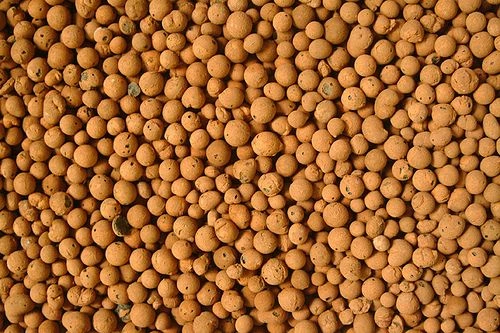
Source: Pinterest
This is a lightweight aggregate made by heating clay until it puffs up. It becomes light and porous but still has a hard outer shell. It's useful for making lightweight concrete and for insulation or drainage in construction.
Slag Aggregate:
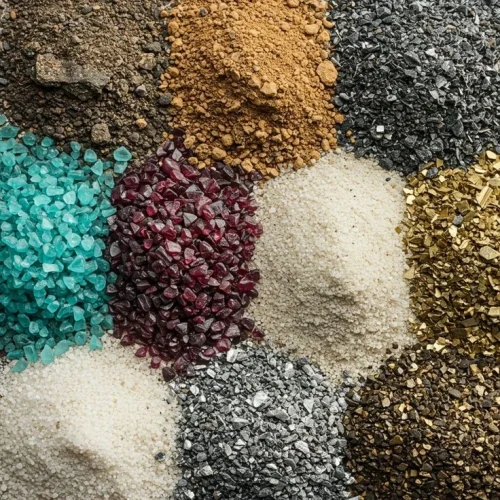
Source: Pinterest
Slag is a byproduct of making metals like iron and steel. It can be processed to create a hard, durable aggregate. Blast furnace slag and steel slag are two common types. Slag can be a sustainable option, but its properties can vary depending on how it was produced.
What is Coarse Aggregate Importance?
Here’s the list of the importance of coarse aggregate:
- Coarse aggregate makes the construction stronger. The rough, jagged pieces are locked together, giving concrete and asphalt strength to hold the weight of the structure.
- It takes up a lot of room in the mix. Less binder means less shrinking, which helps prevent cracks from forming.
- Coarse aggregate lasts for a long time, and quality aggregate can handle weather and wear, making the whole structure more durable.
- It can save you a lot of money, as aggregate is usually cheaper than cement or asphalt.
- The right mix of different-sized aggregate makes the concrete or asphalt easier to pour and work with.
Properties of Coarse Aggregate
When selecting coarse aggregate for a project, several properties are crucial:
- Size and Grading: The range of particle sizes and their distribution (grading) significantly affect the packing efficiency, workability, and strength of the mix.
- Shape and Texture: Angular, rough-textured aggregates generally offer better interlock and higher strength compared to rounded, smooth ones.
- Strength and Toughness: The aggregate must be strong enough to withstand the stresses it will be subjected to within the final structure. Toughness refers to its resistance to impact and abrasion.
- Soundness: This refers to the aggregate's resistance to weathering, particularly freeze-thaw cycles.
- Cleanliness: The presence of excessive dust, clay, or organic matter can interfere with the bond between the aggregate and the binder, weakening the final product.
- Specific Gravity and Absorption: The weight of the mix and the amount of water the aggregate absorbs, which can influence the water-cement ratio in concrete.
Also Read: Reshape Your Home with Stylish Bamboo Floor Tiles
Conclusion
Coarse aggregate might seem like a simple component, but its role in construction is undeniably significant. It provides the essential framework for strength, stability, and durability in a wide array of applications. Understanding the different types, properties, and importance of coarse aggregate is crucial for anyone involved in the construction industry, ensuring the creation of safe, long-lasting, and cost-effective structures.
Also Read: Affordable Outdoor Floor Tiles in India
Green Fortune Doors & Windows
Green Fortune Doors and Windows offers visually appealing, high-performing, and comfortable uPVC solutions tailored to your specific needs. Our windows and doors are specifically designed to enhance the overall look and comfort of your house. Choose Green Fortune UPVC doors and windows here.
Also Read: Red Hollow Bricks Advantages & Disadvantages
Frequently Asked Questions (FAQs)
Q1: What is the size of coarse aggregate?
A: The size of coarse aggregate is usually greater than 4.75mm and 20mm is the most used size of the coarse aggregate.
Q2: What is the difference between coarse aggregate and fine aggregate?
A: Coarse aggregate consists of particles larger than 4.75 mm, while fine aggregate (like sand) consists of particles smaller than 4.75 mm.
Q3: Where is the density of coarse aggregate?
A: The density of coarse aggregate depends on the source, nature, and condition of the aggregate and the typical range is 1500 to 1700 kg/m³.

